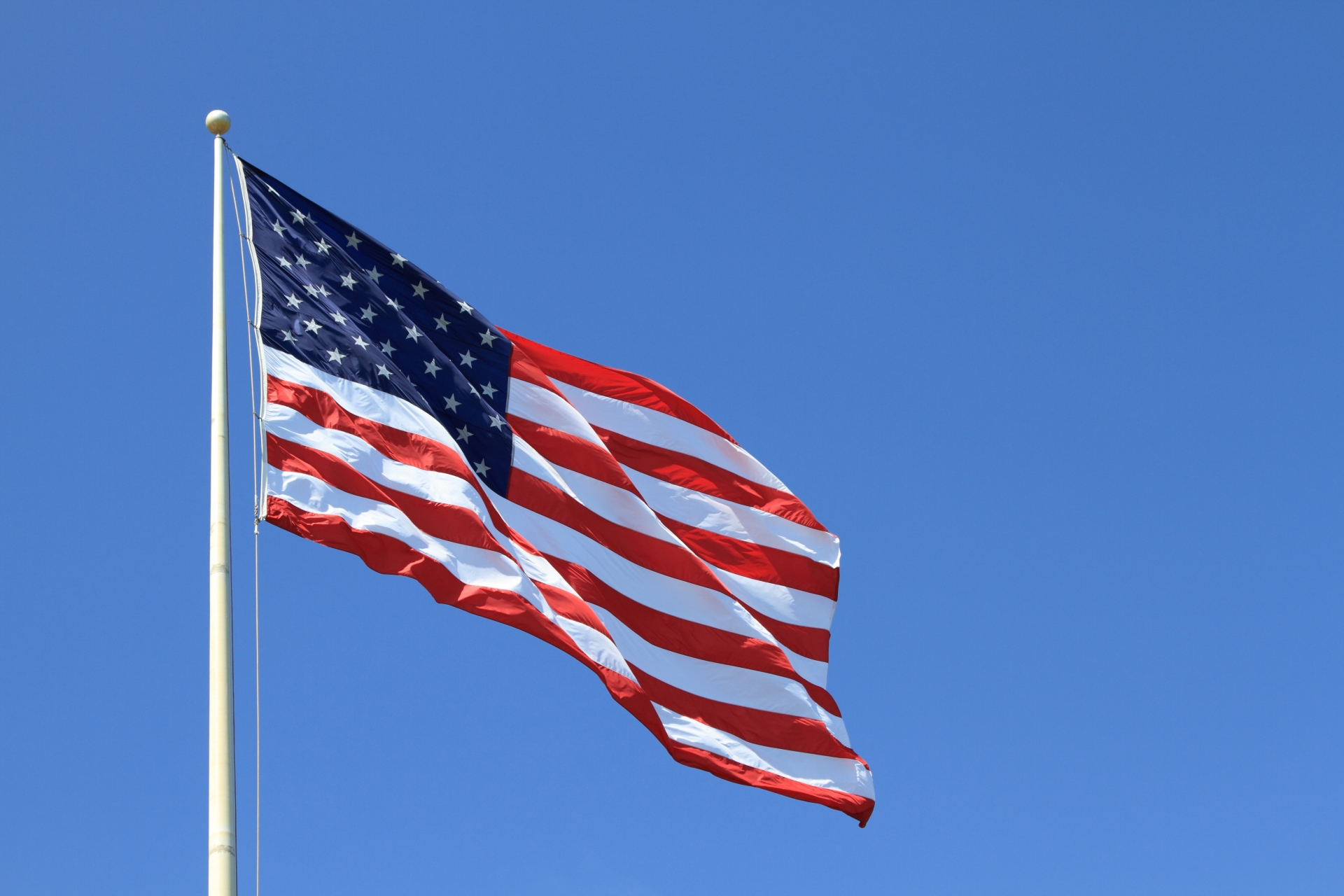Colorado in the United States is located inland at high elevation and generally has a cool image, but in summer, some areas can become quite hot. Below is a detailed explanation of the causes of heat in Colorado, heat countermeasures, and cool spots.
1. Causes of Heat in Colorado
1-1. Dry continental climate at high elevation
- Colorado is characterized by high elevation and a dry continental climate.
- Due to the dryness, daytime temperatures rise easily under strong sunlight, and especially in the inland plains, temperatures can exceed 30°C (86°F).
1-2. Inland location far from the Pacific Ocean
- Being far from the Pacific Ocean means little maritime influence, causing large temperature variations: hot days in summer and often cool nights.
1-3. Stagnation of high pressure (heat dome)
- When a strong high-pressure system remains stationary over the state during summer, heat can become trapped, causing consecutive days of extreme heat.
2. Heat Countermeasures
2-1. Hydration and UV protection
- Because the air is dry at high elevation, dehydration can occur easily even if you don’t feel sweaty, so frequent hydration is essential.
- UV rays are strong, so wearing hats and using sunscreen is important.
2-2. Indoor environment adjustments
- Use blackout curtains or blinds to block direct sunlight and suppress indoor temperature rise.
- Use fans or air conditioning to maintain a comfortable temperature.
2-3. Adjust outdoor activity times
- Avoid the hot afternoon hours (especially 12 p.m. to 4 p.m.) by staying indoors, and do activities during the cooler mornings and evenings.
3. Cool Spots
3-1. High elevation areas of the Rocky Mountains
- High-altitude locations such as Aspen, Breckenridge, and Vail remain around 20°C (68°F) during summer, providing a cool environment.
- Mountain breezes and shaded areas add to the cooling effect.
3-2. Areas near rivers and lakes
- Places around the Colorado River and Green River feel somewhat cooler due to waterside breezes.
3-3. Nighttime coolness
- A characteristic of high elevations is significant temperature drops at night, which help moderate the daytime heat.
Summary
| Item | Details |
|---|---|
| Cause of heat | Dry continental climate at high elevation, inland location far from Pacific, heat dome phenomenon |
| Countermeasures | Frequent hydration and UV protection, use of shading and cooling, adjustment of outdoor activity times |
| Cool places | Rocky Mountain highlands, near rivers and lakes, cool nighttime temperatures |



コメント